Exploring Red Sea port Aqaba, Jordan: Beneath the Water & the Present
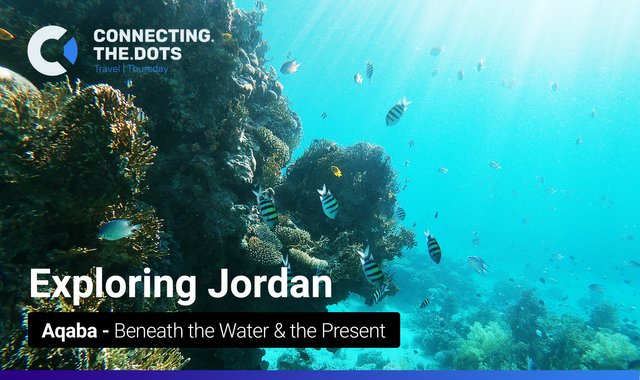
Photo made by Simas Radkevičius
Aqaba
Together with Wadi Rum and Petra, the City of Aqaba forms a golden triangle for the tourists. in the Kingdom of Jordan. The first settlement in the region dates as much as to 4000 BC with the modern version being the only water port in Jordan. In order to attract more investment and tourism, Aqaba was turned into low-tax, duty-free city. Probably, the greatest days of this place lies somewhere ahead in the future.
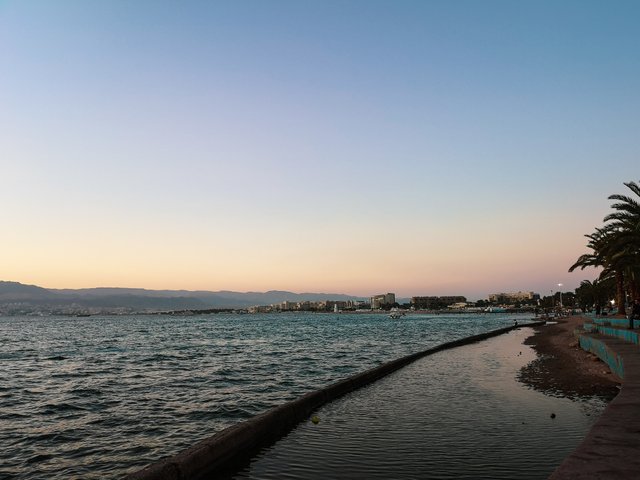
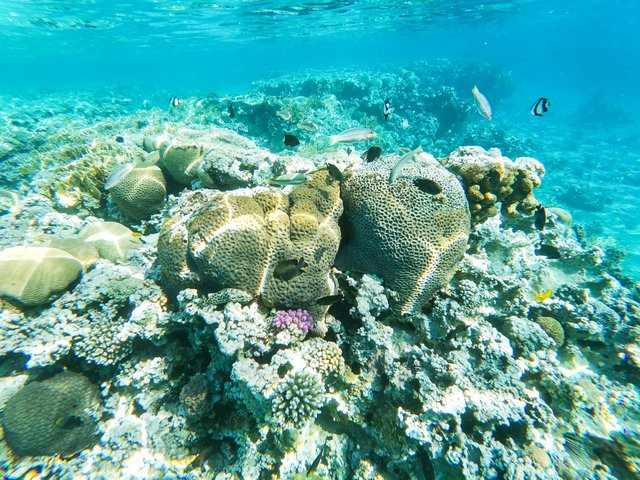
Photo made by Simas Radkevičius
Red Sea Snorkeling
There is no secret that the Red Sea offers a World-class snorkeling and diving experience, but it is less known that Jordan has 27 km grasp of it. There are plenty of great sites for snorkeling or diving including the Japanese Garden, Gorgorian gardens, the cedar pride and other shipwreck. Just be careful to not daydream too far from the shore as it is easy not only to lose the sense of time, the feeling of space as well while swimming further looking down at the beautiful deep blue abyss.
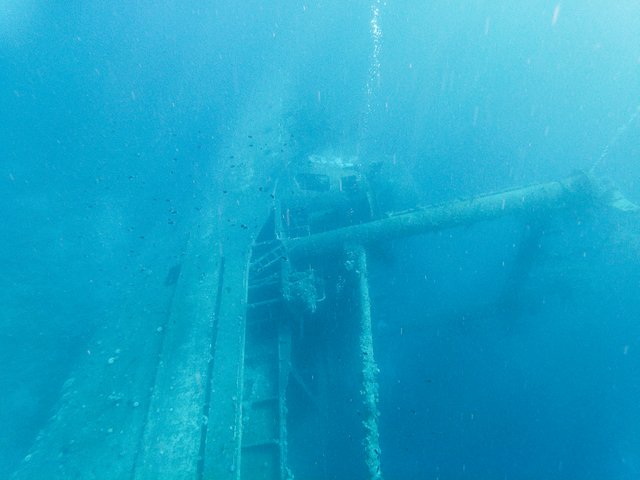
Photo made by Simas Radkevičius
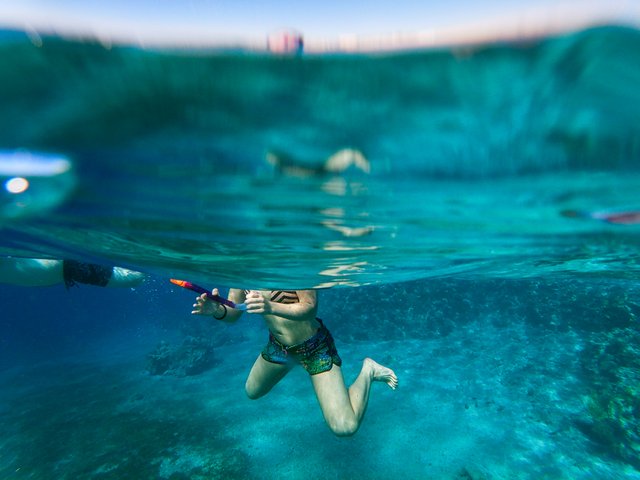
Photo made by Simas Radkevičius
Prices
As in any other competitive market, the prices might range, but for a whole day equipment, you’ll pay 8JOD at Royal Diving Club. You can find cheaper options from locals hanging out at the beach, but for better quality equipment, I would suggest using one of Diving Clubs.
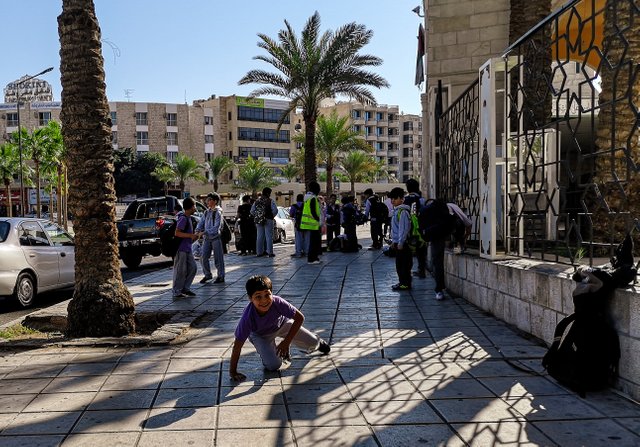
Best time to visit
Snorkeling experience southward of Aqaba city is pleasant throughout the year, the average temperature of the water during the Summer is 26°C and 22,5°C in Winter. Though it might get busy between January and May while October to November visit can be ruined by unexpected rain. Summer season from May to September might get too hot on the shore and during December the weather is totally unpredictable.
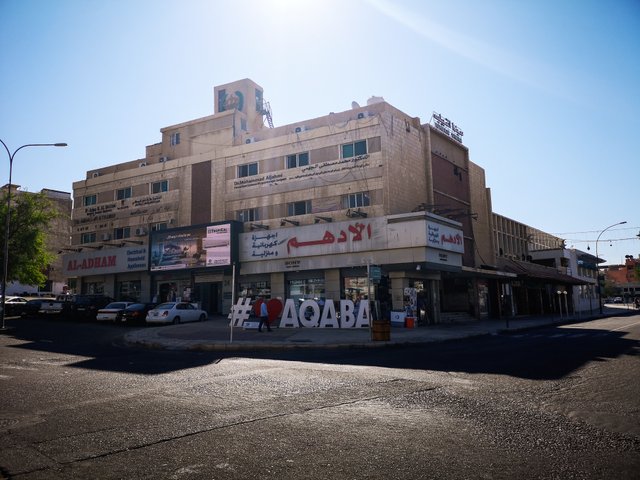
The name of Aqaba
The ancient name for the settlement is Elath or Ailath, which is also was used to name the modern Eilat, west of Aqaba in Israel and Palestinian territories. The modern name of Aqaba is a short version for al-Aqaba Aylah, meaning the mountain pass to Ayla.
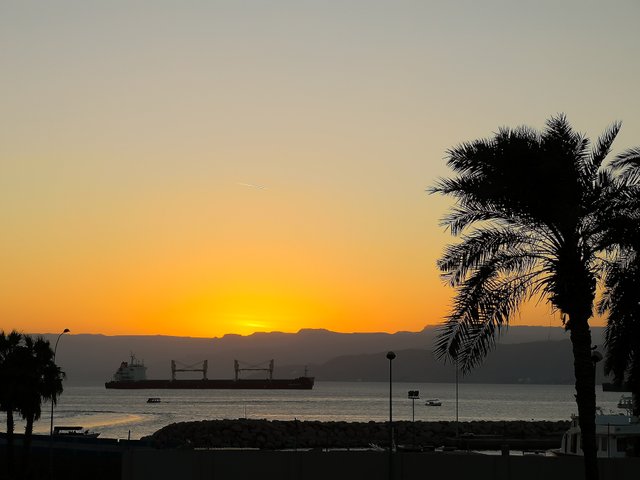
The name of the Red Sea
The Mare Rostrum or the Dead Sea probably got its name from either the red sandstone mountains surrounding it or from algae living in the sea and blooming in reddish brown.
Historical Significance of Aqaba
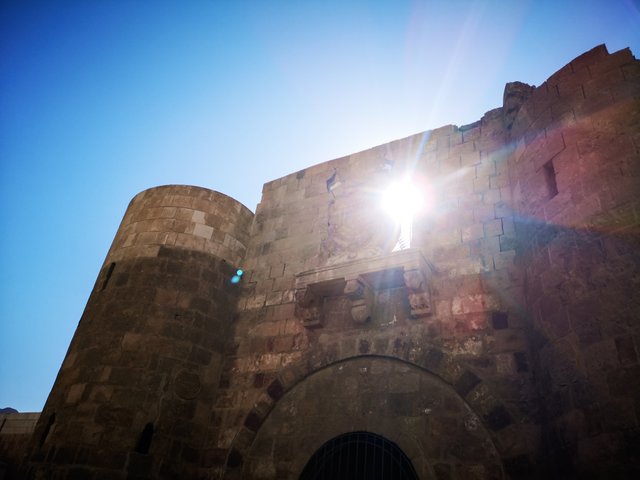
Battle of Aqaba
This is where during the First World War, British military officer T.E. Lawrence gained the trust of Arab Prince Faisal by capturing Aqaba on July 6th, 1917, after a successful, but the difficult crossing of Nefud desert, a place without any water supplies. It was close to a suicide mission, thus Lawrence avoided informing his superiors and with relatively very few men he attacked Aqaba from the inland – a direction from which the Ottomans didn’t expect an offensive action and therefore was not defending it. In the beginning, Lawrence started the raid with forty men of Prince Faisal, the troops were increased to over a few thousand with some local tribesmen joining the cause, most notoriously forces of Arab irregulars led by Auda Abu Tayi. After this successful expedition, the Ottomans were cut off the Red Sea and Te Lawrence became an advisor of Prince Faisal in the Arab revolt against the Ottomans.
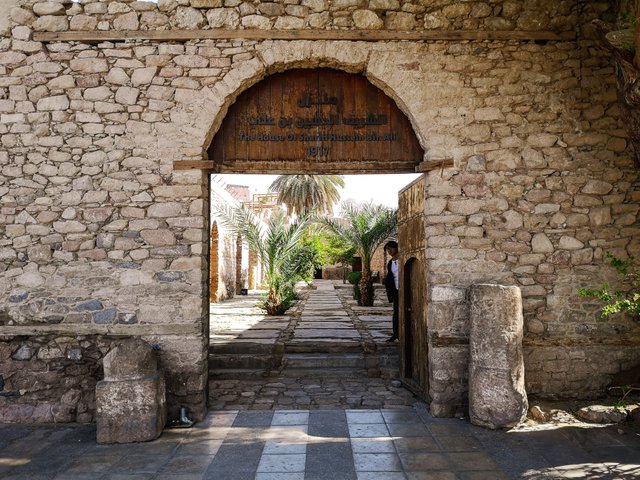
Arab Revolt
The troops of Ottoman Empire had a way better army and technology than Faisal’s forces led by Lawrence and many other, but it was hard for Ottomans to take offensive action as the movement of the supplies was very difficult. After an unsuccessful attempt to capture Medina from Ottoman forces in October 1916, Lawrence convinced the Arabs to leave it alone and cut off the supply line instead. In March 1917, Lawrence led the first successful attack on Hejaz railroad which connected Medina to Damascus and the Dead Sea. This was succeeded by many other such attacks by Arabs and other British and French officers. Later on, in 1918 October 1st, he successfully led Arab armies to Damascus where he found the Arab Revolt Flag already risen by the Arab Nationalists as the Ottoman Empire was in full retreat. Finally, On January 9th, 1919, cut off from the rest of the Ottoman Empire, Medina surrendered under the order from Turkish Government.
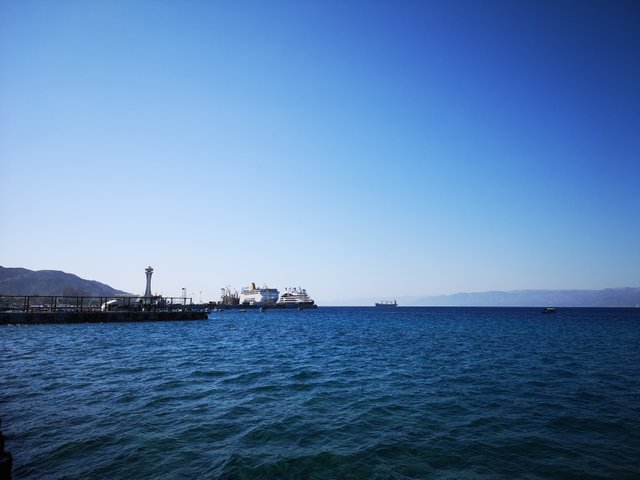
Ottoman defense
You might wonder why such a powerful Navy as the British Empire is, requires such an orthodox attack on a coastal town like Aqaba. The problem is that this town stands at the end of a narrow Red Sea which is surrounded by mountains which were heavily defended. Most of the Ottomans defense was prepared for an attack by the sea as it was thought that the East is protected by vast sands of the Nefud desert. And to do so was a risky business. A simple cheap naval mine could sink an expensive British naval ship and it is very hard for smaller vessels to do a scouting mission defusing the mines in this heavily guarded area from the land. During the First World War, clearing out defenses on the land proved to be close to impossible even for the professional ground army, not to mention the naval forces which historically were decimated during such attempts.
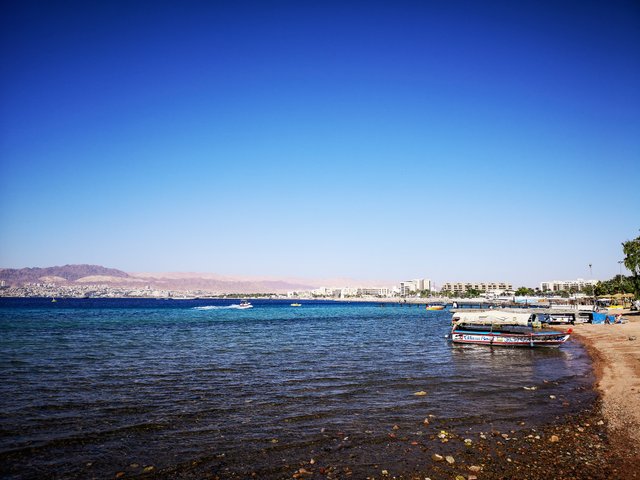
Gallipoli campaign
Even though the Ottomans were a declining superpower back in the times of the First World War, this tactic proved to be very effective and even cost Winston Churchill his chair of First Lord of Admiralty after a major failure for allies at the Gallipoli Campaign in 1915-16. This event is considered to be the only major victory for the Ottomans during the First War and they were led by Colonel Mustafa Kemal himself, better known as the Father of modern Turkey, Kemal Ataturk. The success of these defenses became a basis for the independence of Turkey.
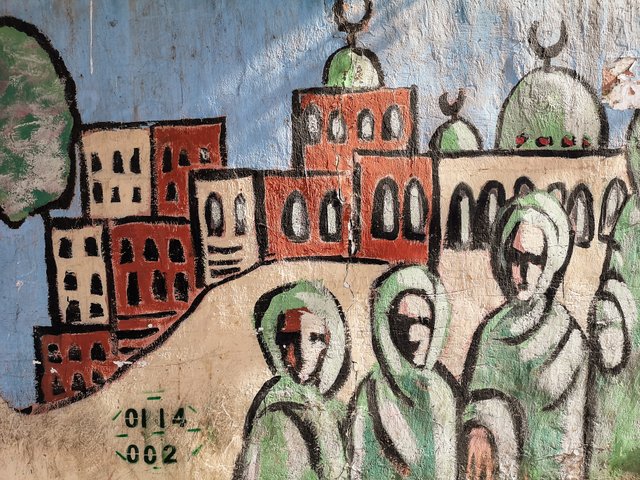
Arab state after the First World War
TE Lawrence proved to be crucial in the formation of the Arab government under Faisal in a recently captured Damascus which was supposed to be the Capital of the new Arab state. His work and his dream of an independent Arab State was destroyed after French forces captured the city in 1920 after the Battle of Maysaloun. Under the secret Sykes-Picot agreement between British and French empires, Syria was supposed to fall into the influence zone of France.
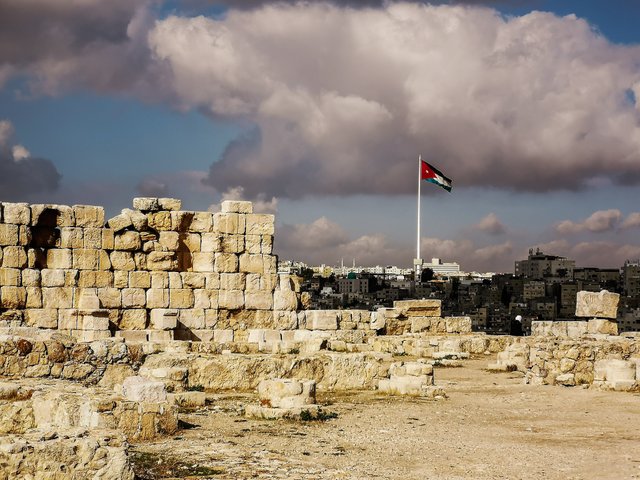
Sykes-Picot agreement
During the time of the First World War, dividing the territorial gains between imperialistic powers was absolutely normal. Some countries joined the war based on which side promised more rewards after the for. Italy, Romania, and Bulgaria are fine examples. The Sykes-Picot agreement was one of that kind, the Allies decided that the Sick man of Europe, the Ottoman Empire, has to go, and by such it’s territories to be divided between the Great powers of the Allies. That was the opposite of what TE Lawrence wanted for the Arab world.
The Sykes-Picot treaty, among the others, was released to the public by the Bolshevik Government, led by Lenin, as a way to spread the Revolution among the ordinary people. To show the greed of imperialistic capitalist governments, a call for the proletariat to overthrow their rulers. Some saw the WWI as the war to end all wars, but in the heads of the red revolutionaries, their war was supposed to just get started.
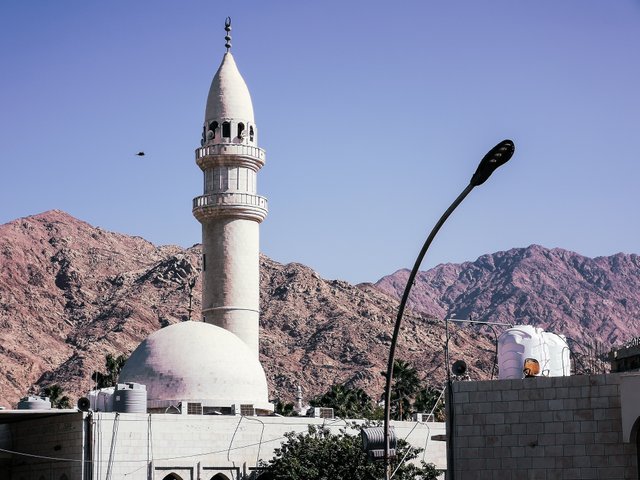
Aqaba after the First World War
After the WWI, Jordan fell under the British influence and they drew the lines of borders between Saudi Arabia and Jordan just outside the city. Saudis didn’t agree with this division, but never took any action. Later on, in 1965, King Hussein traded 6000 sq. Km of Jordanian desert to 12km of Saudi Arabia coastline south of Aqaba, where all of the snorkeling and diving takes place today. With growing city and the tourism in the region, this proved to be a very good deal for the Hashemite Kingdom of Jordan, which increased the total coastline to 27km.
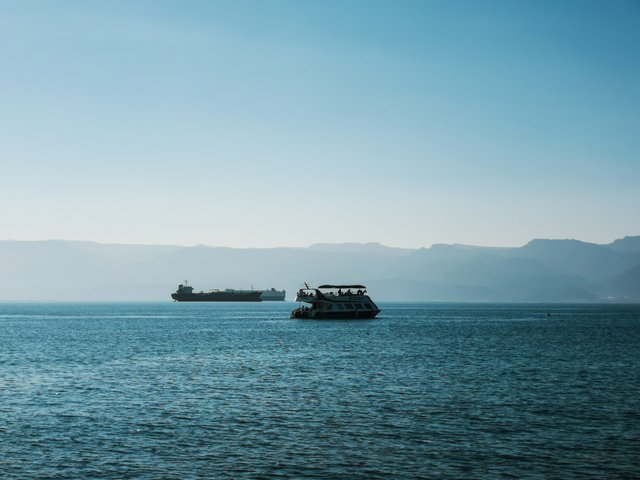
Strategic Importance of Middle East
Coal made the industrial revolution possible during the 19th century, but at this time it became clear that oil will become the coal of the 20th century. Securing the oil reserves slowly became a National security question.
At this time, the Ottoman Empire is a 500-year-old state and it is at its decline, but what would happen when once the world turns from coal to oil? As more and more oil reserves were found on this territory, it became clear that this superpower of the past could become dominant again. At this time neither Germany, France or Great Britain had an access to the oil. And for Britons and French, the easiest way to do it was dismantling the Ottoman Empire under their own influence zones.
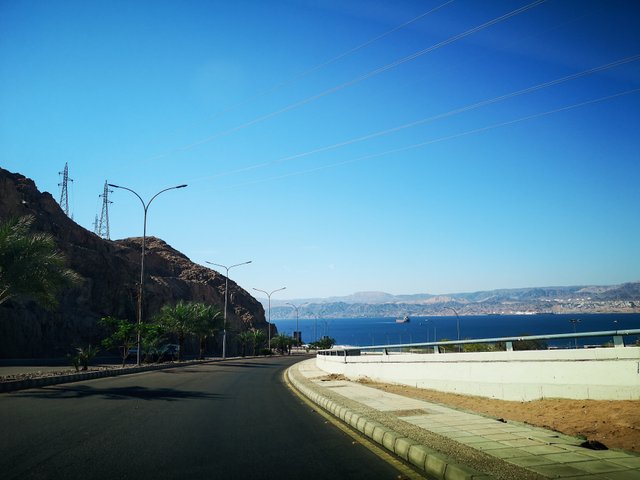
Geography of Aqaba
As the only port in Jordan, Aqaba holds a very important strategic value to the whole country and is the most important city in the Southern side of the country. Located at the end of the Gulf of Aqaba, it connects Jordan to the Indian Ocean through the Red Sea. From all other direction, it is surrounded by high desert mountains which keeps the weather pleasant throughout the year.
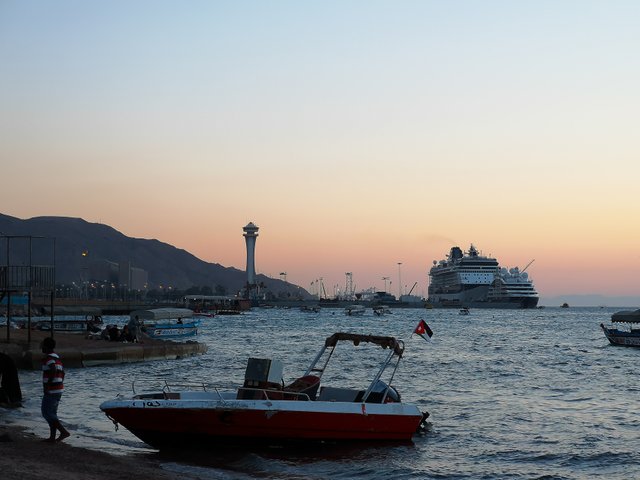
The Red Sea
Separating Africa and Asia, the Red Sea is actually a rift, ripping the Arabian Peninsula from the horn of Africa. It is called the Red Sea Rift and is a part of the Great rift valley which is tearing apart the Eastern part of African tectonic plate. The hole created by the Red Sea rift started to be filled with Indian Ocean water somewhere 40 million years ago. Due to its origin, there are no rivers going into the sea and its narrow enclosure to the Indian Ocean results in exceptionally clear water, perfect for diving and snorkeling.
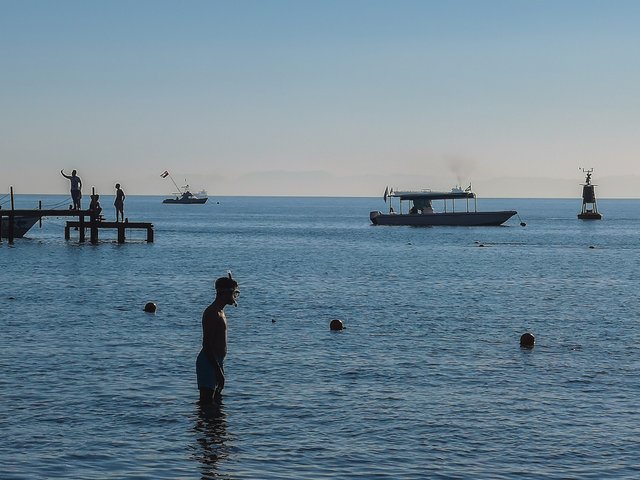
Besides the Gulf of Aqaba there is another, way better know, the Gulf of Suez which connects the Red Sea to the Mediterranean Sea through the Suez Canal and has enormous strategic value. The Gulf of Suez is probably the place where Moses led Israelites to another continent by separating the sea. Between both gulfs, lies the Peninsula of Sinai, the region which had to be crossed by TE Lawrence on a camel, in order to reach Cairo and inform his superiors of a successful capture of the Aqaba City.
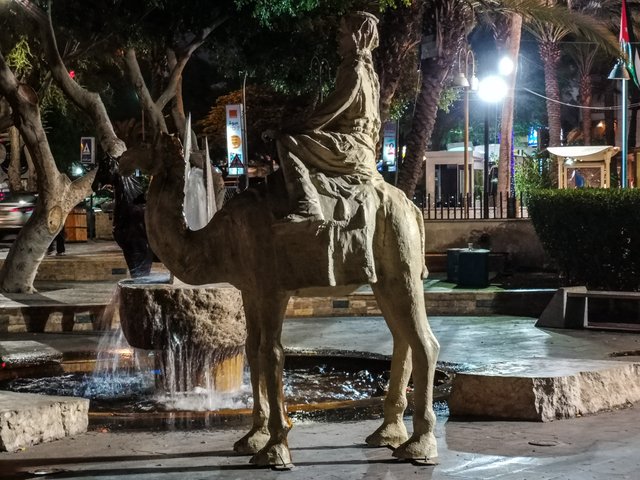
The Good
To me Aqaba was a city of unexpected surprises, without any research it just looks like a random city near any given sea. But like most places in Jordan, for its size, it is rich in history and interesting sites.
Places to visit in Aqaba
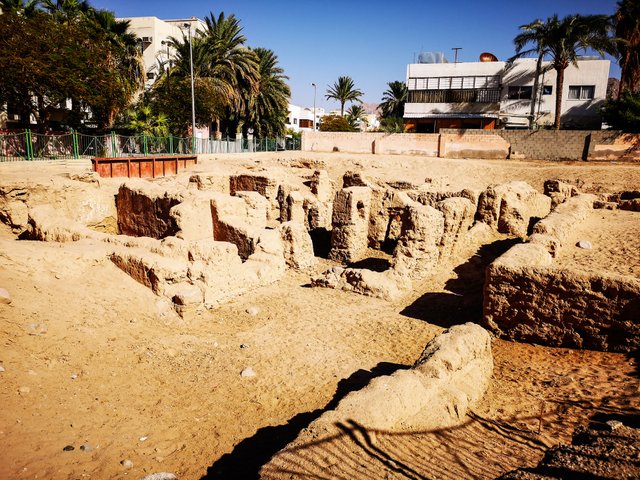
Aqaba Church
Another amazing unexpected thong in this city is the first built-on-purpose Christian church in the World. Though it looks rather nut much more than an archaeological site, it dates as far as to 293/303 AD. Though the region is habited mostly Muslims it doesn’t change the fact that there is plenty of Christian sites in Jordan. To my surprise, there were no signs to it, or no plates to tell what it is. The church just stands there, near a road, looking like a random site, after all, Jordan is 95% Muslim country.
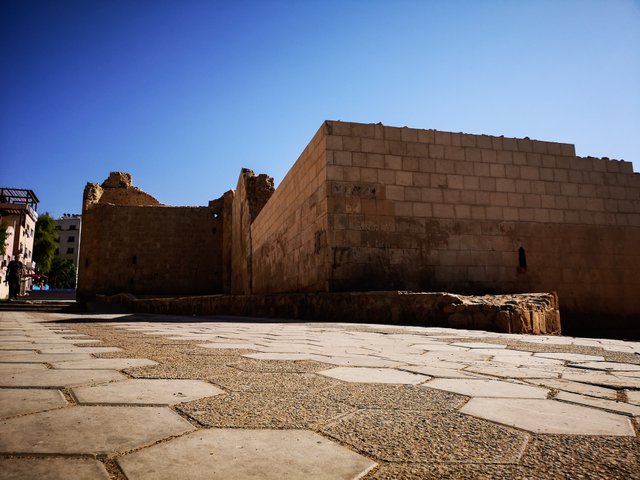
Aqaba Fort
Built somewhere between 1510 and 1517, the Aqaba Fort was used by the Ottoman Empire until 1917 when TE Lawrence allied with Prince Faisal’s, Auda’s and many local Bedouin forces, took Aqaba city with ease with a help from British Royal Navy which shelled and destroyed large parts of the fort. To this day there is the Hashemite Coat of Arms above the entrance to celebrate the victory of the battle of Aqaba and the beginning of successful maneuvres of the Arab Revolt.
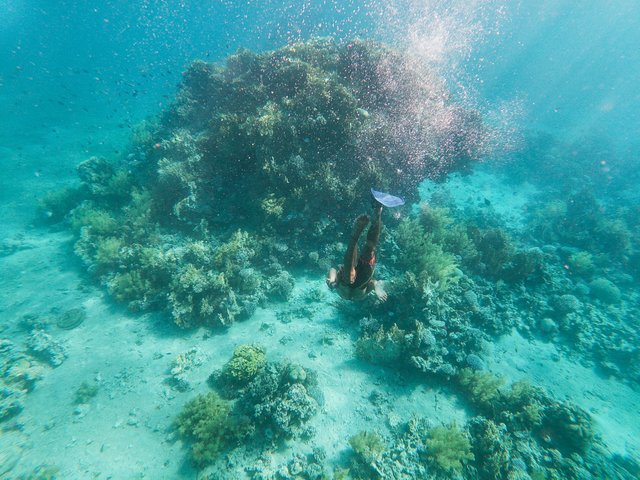
Photo made by Simas Radkevičius
Snorkeling in the Red Sea
One way or another, most people are coming to Aqaba not for its historical significance, but for beaches, snorkeling, and diving in the Red Sea. For its world-class reefs you need to pay a relatively cheap price and with a guide, you‘ll definitely wont be disappointed. In these rich coral reefs, you can meet beautiful inhabitants of the Red sea including:
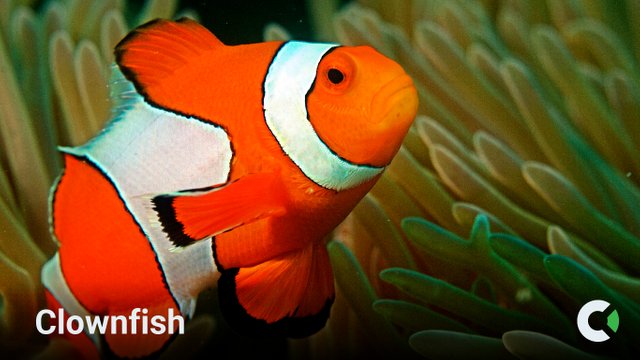
Ritiks [CC BY-SA 3.0 (https://creativecommons.org/licenses/by-sa/3.0)], from Wikimedia Commons
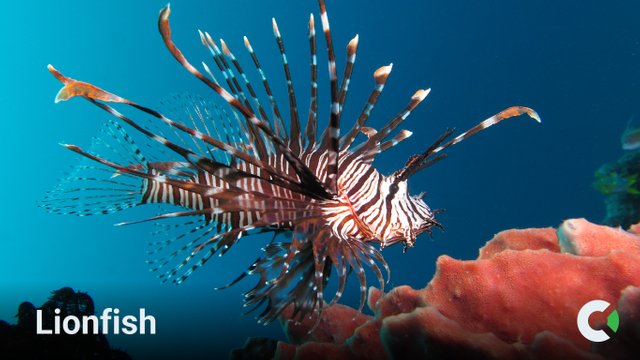
Alexander Vasenin [CC BY-SA 3.0 (https://creativecommons.org/licenses/by-sa/3.0)], from Wikimedia Commons
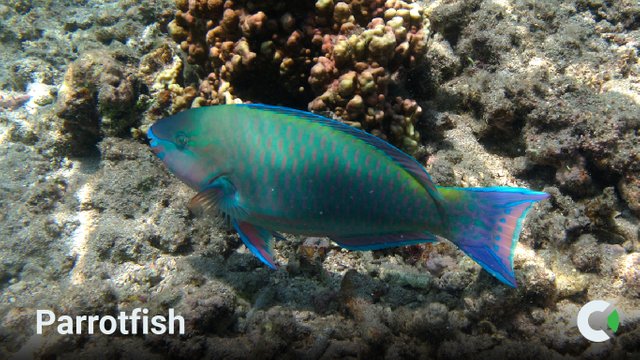
Philippe Bourjon [CC BY-SA 3.0 (https://creativecommons.org/licenses/by-sa/3.0)], via Wikimedia Commons
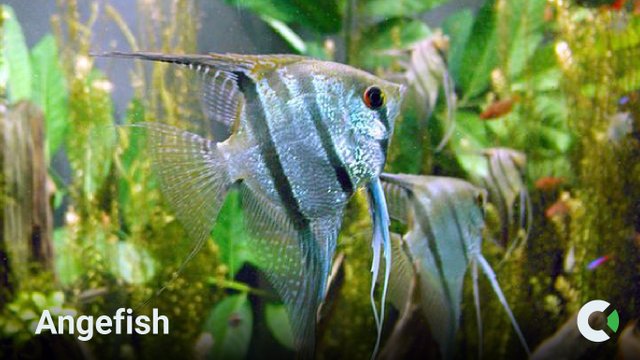
mendel [CC BY-SA 1.0 (https://creativecommons.org/licenses/by-sa/1.0)], from Wikimedia Commons
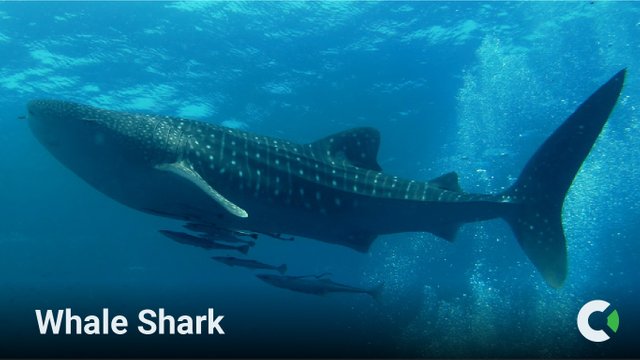
Abe Khao Lak [CC BY-SA 4.0 (https://creativecommons.org/licenses/by-sa/4.0)], from Wikimedia Commons
The Bad
As you probably expect there are also dangers under water. Don’t be surprised to meet sharks, though most of them are harmless. If you notice a hammerhead shark, don’t be afraid either, in open waters there is no fatal attack recorder to this day and attacks in general by these shark species are extremely rare. Just mind your own business. What you should be afraid of are Tiger Sharks, these species are known for its attack on humans, but you probably won’t meet them in a shallow water and even in the deeper levels, attacks on humans in this region are relatively rare. Besides the sharks, lookout for these species:
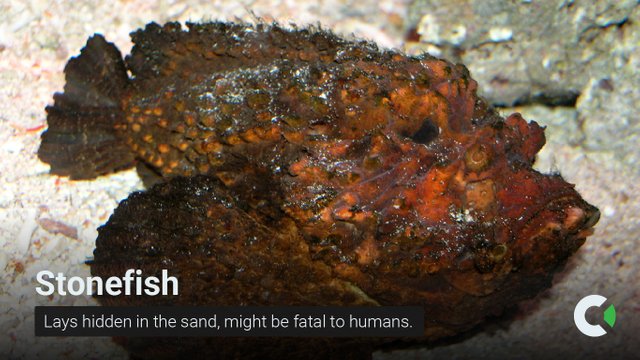
SeanMack [GFDL (http://www.gnu.org/copyleft/fdl.html), CC-BY-SA-3.0 (http://creativecommons.org/licenses/by-sa/3.0/) or CC BY 2.5 (https://creativecommons.org/licenses/by/2.5)], from Wikimedia Commons
Stonefish – Lays hidden in the sand.
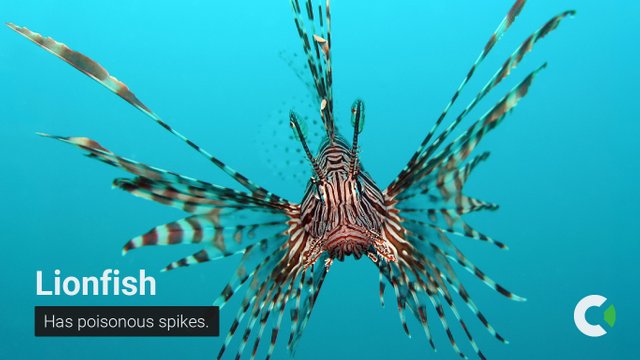
Photo by Jens Petersen
Lionfish – Has poisonous spikes.
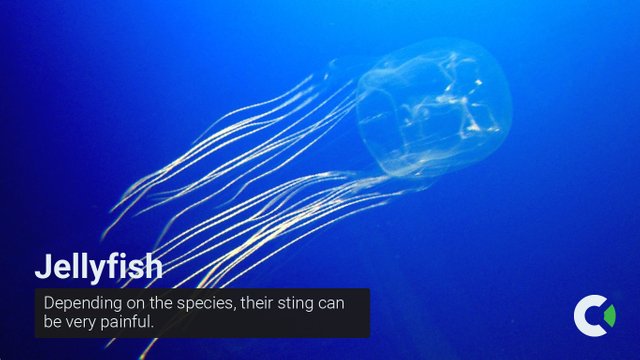
Avispa marina.jpg: Guido Gautsch, Toyota, Japanderivative work: Mithril [CC BY-SA 2.0 (https://creativecommons.org/licenses/by-sa/2.0)], via Wikimedia Commons
Jellyfish – Depending on the species, their sting can be very painful.
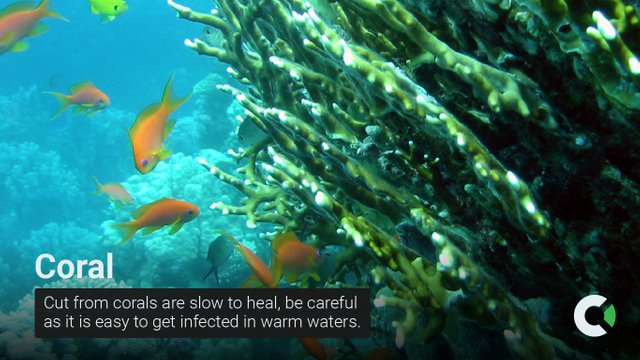
Photo2222 [GFDL (http://www.gnu.org/copyleft/fdl.html), CC-BY-SA-3.0 (http://creativecommons.org/licenses/by-sa/3.0/) or CC BY-SA 2.5 (https://creativecommons.org/licenses/by-sa/2.5)], from Wikimedia Commons
Coral – Cut from corals are slow to heal, be careful as it is easy to get infected in warm waters.
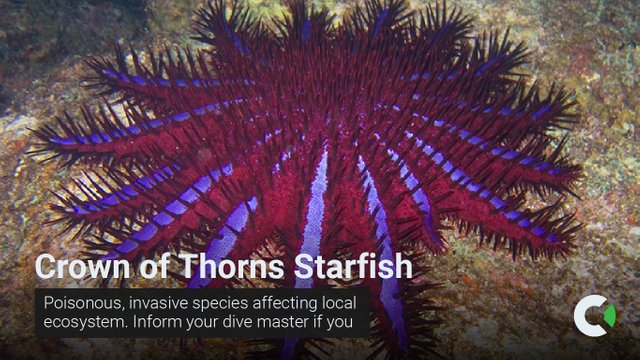
jon hanson on flickr. [CC BY-SA 2.0 (https://creativecommons.org/licenses/by-sa/2.0)], via Wikimedia Commons
Crown of Thorns Starfish – Poisonous, invasive species affecting local ecosystem. Inform your dive master if you see one.
Other creatures to avoid: Sea urchins, Moray Eels, Fire Corals, Blowfish, Triggerfish, and Turkeyfish.
Another thing which you will probably going to notice is the trash. The South of Jordan seems to be way cleaner than the North, but still, it will catch your eyes. Most of the facilities in the beach are dirty as well, though still does the job.
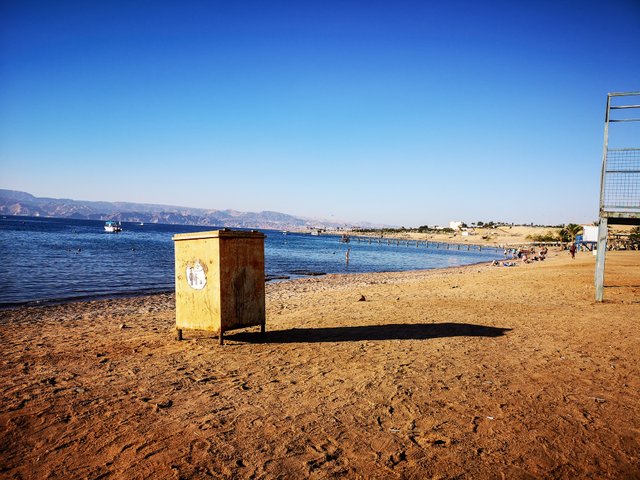
The Ugly
Even worse, Aqaba is the only port town in the whole country and next to it stands Israel’s port Eilat, this causes a huge traffic of transport ships through the gulf and damages the coral reefs.
Renting the gear for snorkeling is cheaper from random people in the beach, for best the experience I would suggest diving clubs. The gear might be dirty and leaking, therefore your whole snorkeling day could be ruined by it.
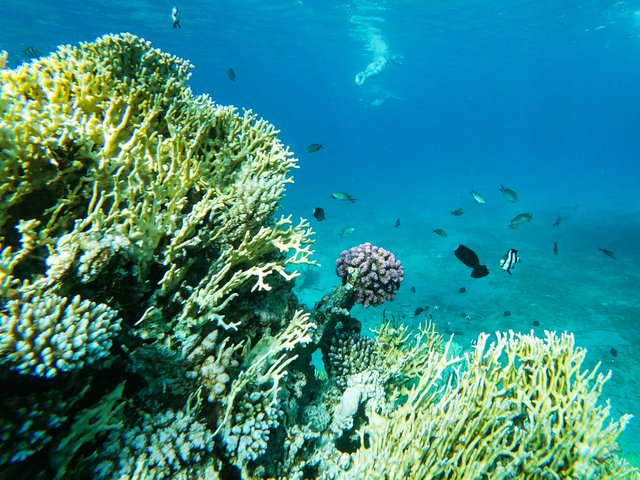
Photo made by Simas Radkevičius
My impressions of Aqaba and Snorkelling in the Red Sea
If this is your first trip to Jordan you might get surprised by the trash and randomness, but soon it will be overwhelmed by the hospitality and friendliness of locals. Of course, it does feel like you are visiting a country populated purely by man and my impressions would be worse if I was a lonely woman traveler, but most of the people we met showed respect to my female friends. If you are to visit Jordan, I would highly recommend going South, because of Petra and Wadi Rum. Aqaba is the biggest city in the region and it is relatively easy to enjoy compared to Northern parts. And there shouldn’t even be a question if you are a fan of the seaside, diving or snorkeling.
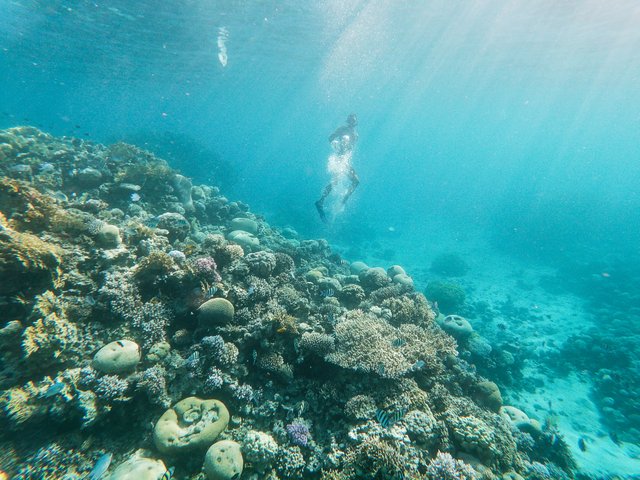
Photo made by Simas Radkevičius
Snorkelling and diving rules:
Be aware that the reef is easily affected by human activities. In order to protect and preserve it, visitors must follow these rules:
Do not stand or damage in any other way the reef.
Do not disturb local fauna, don’t feed it or ride on turtle’s backs.
Swim calmly near the reefs as quick moves can cause a big surge of water which affect the microorganism on the reef.
Do not throw any rubbish to the sea.
Don’t attach boats to corals.
Don’t take marine souvenirs, it is illegal in Jordan.
The map of Aqaba for snorkeling and diving
The usual snorkeling spaces are to the South of Aqaba towards Saudi Arabia and can be easily reached from the city as a day trip.
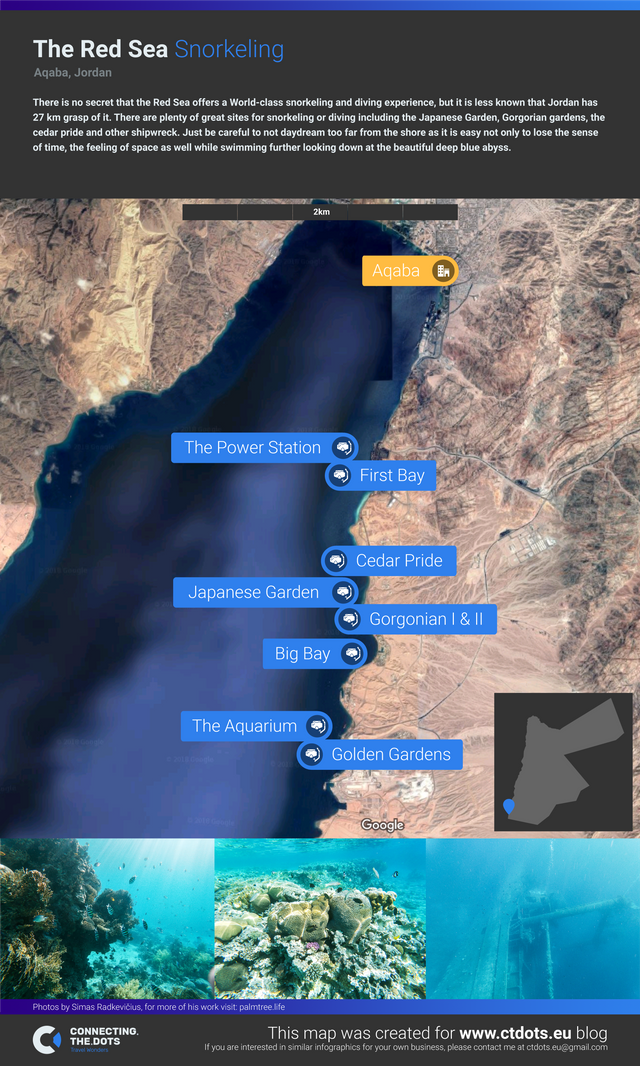
Best places for snorkeling and diving at the Red Sea
The Power Station; First Bay; Cedar Pride; Japanese Garden; Gorgonian I and II; Big Bay; The Aquarium and Golden Gardens.

This article is a part of the bigger series of my trip to Jordan 2018, Autumn. Follow me for an entry on every Thursday.**
Author: Mantas Ališauskas
Photography: Mantas Ališauskas, Simas Radkevičius
Design: Mantas Ališauskas
Blog: Connecting the Dots
Want more of this?
Any given post entry of any given place takes me around 20h to complete. This includes writing, researching, photo editing, creation of graphics and actual post. Nobody pays me to do it, therefore I must do it on my free time. I have many interesting ideas of how to put an interesting information into an easy way to digest it, like maps, infographics and other cool stuff, but what I lack is time. If you appreciate my work and happened to be in a position where it wouldn't hurt you, it would mean a world to me if you could gift me an extra hour on Patreon.
whoa, man! I always love your post, and this one is probably my favourite one from you. So informative, full of insights. You rawk!
Thank you so much!
Yeah, I've been thinking a lot during the Autumn, how to improve the posts so they would be better crawled by search engines on my blog, but still be interesting to read on steemit. I'm not entirely happy of this one, because there is so much to tell about the history of the region and snorkeling, but there will be more posts from Jordan based on one topic nested into this new structure.
Thank you again for dropping by and I hope you have a nice day!:)
Awesome shot under water did you use a GoPro?
Posted using Partiko iOS
Yes, it was GoPro Hero7 Silver:)
Wonderful photo and a really great tour! You're underwater photos are spectacular.
Thank you for your kind words, I hope you are having a great day!
Snorkeling is one of my greatest hobbies. I love spearfishing too.
Do you know what it is?
Posted using Partiko Android
It was the firat time for me. I'm a Northerner and more of a mountain person, kinda afraid of deep waters, but I reaaaly liked and now I want more! No, I dont know, what ia it? :)
Hiya, @livinguktaiwan here, just swinging by to let you know you're being featured in today's Travel Digest #384.
If you enjoy Steemitworldmap and the curation effort we're going through manually each day, please drop by to check out all the rest of today's great posts and consider upvoting and supporting us.
Thank you @steemitworldma and @livinguktaiwan for featuring me!
This is ABSOLUTELY gorgeous, gorgeous post <3 I love it, the details, the photos, the text !!! What an incredible travel article <3 <3 <3
Oh, thank you, my friend for the kind word. This is really what keeps me going! Thanks for taking your time and letting me know! Have a nice day;)
Dear @ctdots,
Thank you for supporting our tag #archisteem. For your information, we are currently running the project – 1001 Places to Remember. Do drop by and take a look :)
Stay tuned and Steem on!
@archisteem and team
I did not forgot this time ;)
Aha, that's great. Thanks @ctdots!
No problem, thanks again for reaching me out!
Awesome, it is always our pleasure to feature your story!
Congratulations, Your Post Has Been Added To The Steemit Worldmap!
Author link: http://steemitworldmap.com?author=ctdots
Post link: http://steemitworldmap.com?post=exploring-red-sea-port-aqaba-jordan-beneath-the-water-and-the-present
Want to have your post on the map too?
This post was shared in the Curation Collective Discord community for curators, and upvoted and resteemed by the @c-squared community account after manual review.
@c-squared runs a community witness. Please consider using one of your witness votes on us here
Thank you!!!
Congratulations! Your high-quality travel content was selected by @travelfeed curator @guchtere and earned you a reward, in form of a 100% upvote and a resteem. Your work really stands out! Your article now has a chance to get featured under the appropriate daily topic on our TravelFeed blog.
Thank you for being part of the TravelFeed community!
Learn more about our travel project on Steemit by clicking on the banner above and join our community on Discord
Oh, thank you for recognition!